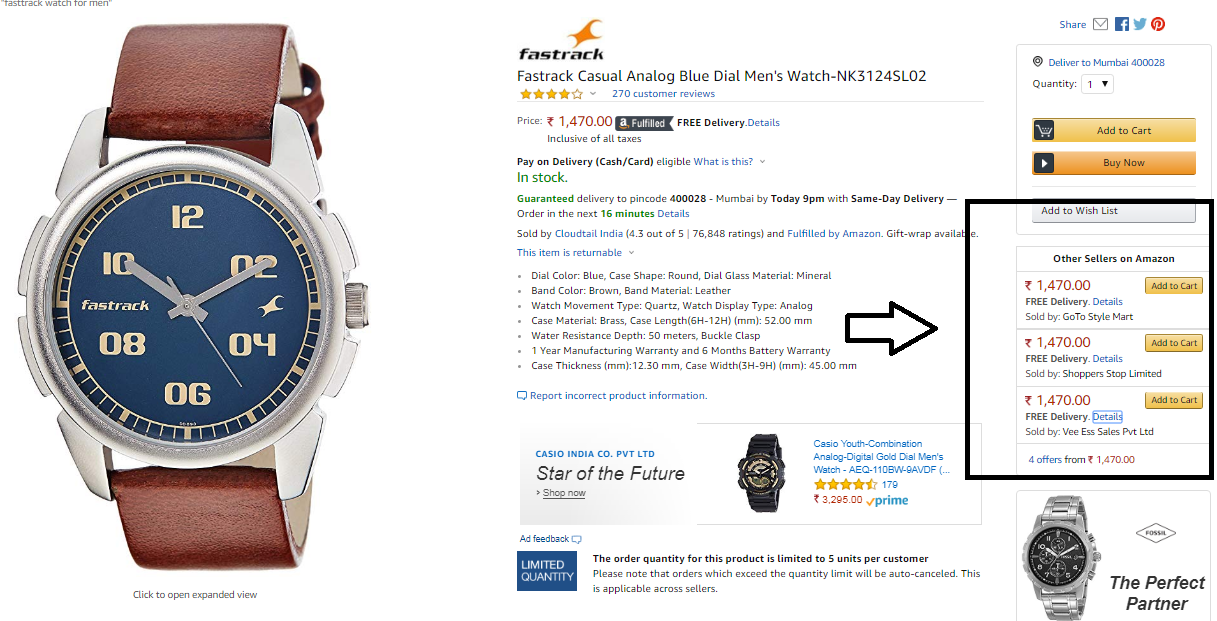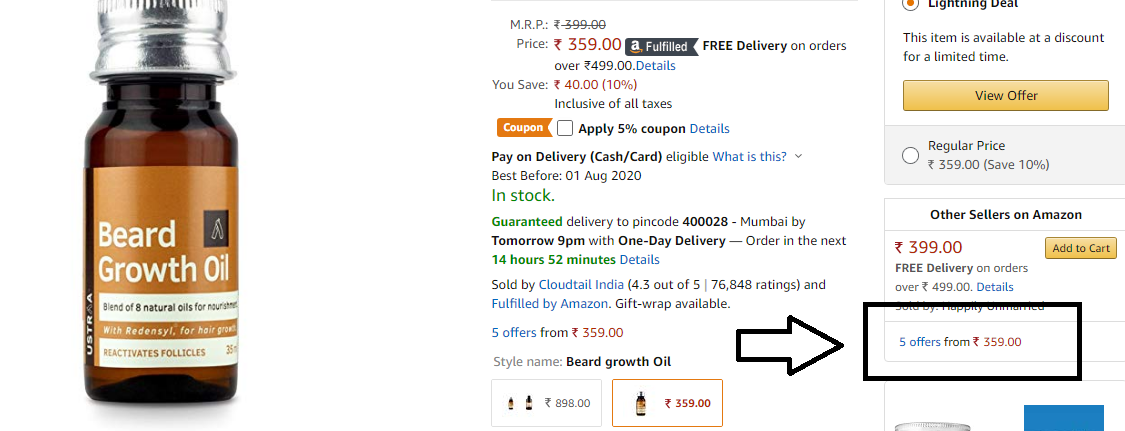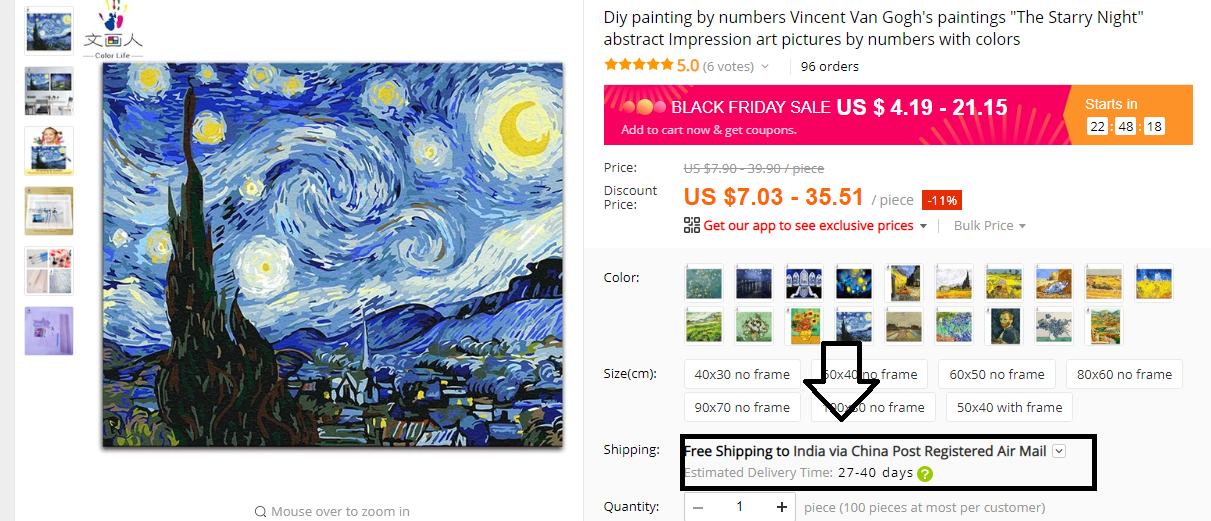So you’d like to sell things online and make money. Well, there are certainly plenty of resources are available online to give you ideas for your product lines. This is all well and good. It’s fancy to build a brand around the products that are crushing it in the market right now. The reality, however, is that many eCommerce merchants are flipping the same products that are on Amazon and Flipkart, just at lower prices. Though it’s usually a short-term approach, it’s killing their profitability (the small eCommerce businesses that is- not the giants!). In fact, more than 85% of eCommerce websites don’t survive the first six months of trade.
Whether you’ve already chosen a product for your small eCommerce business, or if you’re still in the process, you need to make sure not that your product idea isn’t sabotaged by Amazon or Flipkart. Follow this guide and ensure that your product idea shouldn’t fall into any of these categories.
Reselling products with high brand involvement
On the surface, it may seem like a good idea to sell branded products because you will save a lot on marketing. However, it’s not enough to sustain your business model. Examples of these products are electronic products like mobile phones, cameras, laptops, and watches. Plus apparels and other products with high brand involvement.
Your profits margins are low as you’re a middleman. More so, branded products are easily available on Amazon at cut-throat prices. Besides, Amazon offers cash-backs and various discount offers. Customers would instead prefer buying from Amazon.
What you can do
Unless you can offer prices that undercut the prices of existing Amazon sellers, it’s futile selling branded products on Amazon. It’s not advisable to start an eCommerce website for branded products.
Unbranded niche products
Selling a niche product is a great idea as long as you’re building a brand around it. Name any niche product (beard oil, artificial jewelry, bean bags, cable protectors, etc.), and it’s available on Amazon at competitive pricing.
What you can do
If you are planning to sell niche products, get ready to put in the hard yards when it comes to branding. That’s the only way. To beat the competitive pricing of Amazon sellers, you’ll need to secure higher profits by differentiating your products. Which you get from your brand. Create engaging content around your product.
The best approach to selling a niche product is to adopt a multi-channel selling strategy. Sell on Amazon as well as on your website. This way you can build a brand through your website by producing content and advertising, at the same time as you’re generating sales on Amazon.
Unbranded products that sell well in brick-and-mortar stores
If you own an offline retail store, then it’s likely that you’re selling products from local wholesalers/merchants. These products sell well offline. But, selling the same products on your eCommerce website is entirely a different ball game. In India, ]online consumers’ buying habits are very different from those of online shoppers.
What you can do
The best approach to selling unbranded products is to sell them on Amazon. It takes zero marketing effort, and you will save a lot of time and money.
Fast-moving products
Fast-moving products are consumer products that are required on a daily basis. These products are mostly retailed through supermarkets. If you own a local ‘mom and pop’ store and are planning to sell online too, you won’t make enough profits. Consumers prefer buying these day-to-day items from supermarkets and they also expect huge discounts to boot.
What you can do
Instead, you can plan to sell grocery items, vegetables, fruits and dried fruits on an eCommerce website in your local area. Choose a radius around your store, and really targeting the audience geographically with Google Ads.
Dropshipping products
Selling dropshipping products on your eCommerce website is a short-term approach to building a brand. Important business metrics such as quality, shipping, and packing are not under your control. This makes it difficult to maintain consistent product quality.
Though it provides you with an easy start, the real vulnerability of this model comes with shipping. It usually takes around 4 to 8 weeks for the orders to get fulfilled. Besides, the profits associated with this model are minuscule.
Knowing what not to sell is equally important
Understanding the marketplace framework and business model are pivotal when it comes to gaining an understanding of the products that you should not sell online. That’s for the starter. Though you may be passionate about selling guitars or gear watches, the Amazon sellers are always there to tear your product idea apart. So, before you choose a product to sell through your eCommerce website, make sure that it checks all the above-mentioned boxes.
Knowing what not to sell will place you in a better light to make a decision and save you time, energy, and money.



